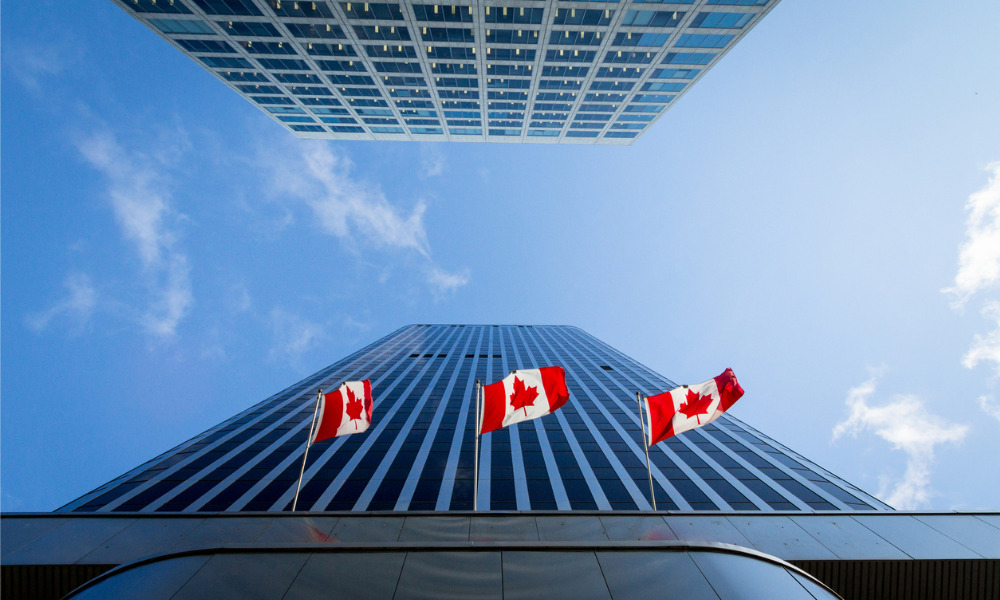Canada's population growth sits at 3.2%, outstripping other G7 nations and ranking among the highest globally

While immigration has rapidly proven to be a vital component of the Canadian economy, the unprecedented surge of new arrivals over the past year has made managing inflation a much harder job than it should have been, according to Stefane Marion, chief economist at National Bank of Canada.
In a recent assessment, Marion said that the sheer number of new arrivals in 2023, driven largely by an unplanned influx of foreign students and temporary workers, has made it significantly more difficult for the Bank of Canada to accurately gauge the full impact of its 5% benchmark policy rate.
This surge pushed Canada’s population growth rate to 3.2%, outstripping other G7 nations and ranking among the fastest globally. Over the past year alone, the country has seen the addition of over 1.2 million new residents.
Marion noted that the new additions to the workforce have not only supported the gross domestic product but also stimulated consumer demand, amid a persistent housing affordability crisis.
Home Capital Group CEO Yousry Bissada believes that a more targeted approach to immigration is the key to labour shortage and the housing crisis.
— Canadian Mortgage Professional Magazine (@CMPmagazine) October 27, 2023
Read more: https://t.co/h1Q9bUlSZi#MortgageIndustry #HousingCrisis #HousingMarket #Lenders
Marion said that the central bank’s 475-basis-point hike to date was a response to the unexpected robustness in the economy – a robustness that now seems to have run its course, considering that the population surge has exerted pressure on productivity and contributed to a rise in the unemployment rate.
“Were the last 50 to 75 basis points warranted when it’s all driven by a population surge which you can’t do anything about?” Marion said in an interview with Bloomberg News. “I think the Bank of Canada misread the situation.”
Marion stressed that while other central banks continue to wrestle with forecasting challenges posed by pandemic-induced supply-chain shocks, the BoC stands alone as a central bank navigating these issues amid a population boom.
“No one has models calibrated for this type of population flow,” Marion said.
“Canada is caught in a population trap that has historically been the preserve of emerging economies,” the National Bank added in its report. “We currently lack the infrastructure and capital stock in this country to adequately absorb current population growth and improve our standard of living.”



